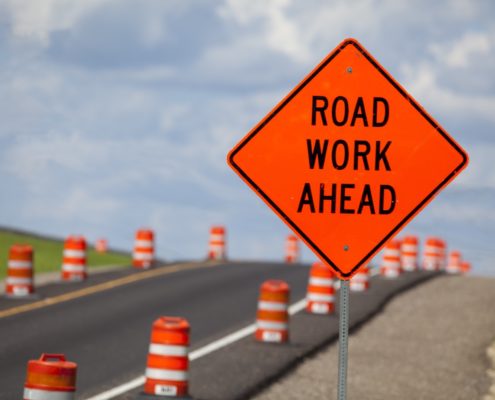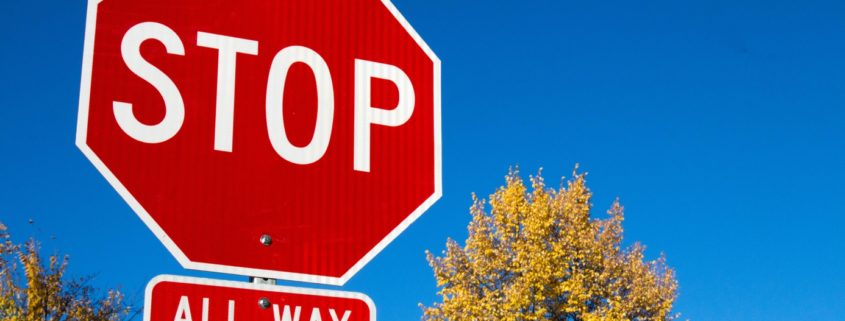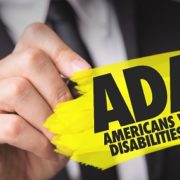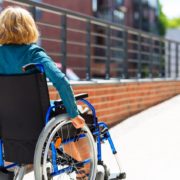What Does It Mean? Public Safety Signage in the U.S.
In the United States, both corporations and public safety organizations alike do their best to improve public safety by making the public aware of various hazards. The most common way to communicate this information is through the use of bright, clear messaging on easy-to-read signs, but it isn’t always easy to figure out what these signs mean. Furthermore, some people can’t see signs at all—including those with vision problems.
In today’s post, we’ll talk about what some of these signs really mean, as well as how you can best respond to them. We’ll also tell you how your organization can make it easier to recognize hazard zones even when individuals aren’t able to use visual cues.
Sign Colors and Their Meanings
- The first thing you need to understand about signage in the United States is that color is extremely important. Not only does it make signs visually recognizable from a distance, but it also directly correlates to what the sign means.
- Red is one of the most common sign colors. This bright, bold color is normally used to show the need to stop, either at intersections or other road hazards. You’ll find this color used on stop signs, yield signs, prohibition signs, and more.
- White, on the other hand, is bright and bold in a different way. It stands out against the road and is easier to see at night. This color is only really used in regulatory signs, such as speed limit signage.
- As you might guess, signs with green coloring indicate permission to go; the direction of traffic; and guidance for turnoffs, intersections, or overpasses. They are also sometimes used to identify the name of places, highways, or turnoffs.
- Signs that are bright neon yellow or bright neon green, on the other hand, are mostly used to identify crossings where the risk of injuries is extremely high. This includes crosswalks near schools, hospitals, and, sometimes, shopping malls.
- Orange is normally used for warning or hazard signs, such as bumps, uneven roads, sharp turns, or construction. This color grabs attention because it is used far less often than other road signs.
- Coral signs are rare; they typically indicate an incident management event or emergency response is unfolding. This may include accidents on the road.
- Blue signs provide guidance on local services, information on exits or turn-offs to “civilization” after long stretches of highway, or information detailing how to get assistance from road services.
- Last, brown signs are governmental and/or state-based indicators for areas of special interest. Most Americans see this type of sign when they visit state or national parks.
The Problem with Visual Signs

Visual signs are a fantastic way to communicate safety or other information as citizens move around—but only if the citizens in question can see. Some Americans can’t visually confirm signage. These individuals may struggle to get around or stay safe if cities and towns don’t find alternative ways to communicate this vital information to them.
The good news is that there are ways to achieve this goal. ADA detectable warning surfaces take signs to the ground, putting a slightly textured surface underfoot. They’re most often used in doorways, entrances, intersections, and crosswalks. When visually impaired people walk over one of these surfaces, they feel the change in texture and know to use caution. This is a far more ideal and accessible choice compared to bright road signs, which are useless for those who are visually impaired.
At ADA Solutions, we provide access to a broad range of Detectable Warning and Wayfinding Products . You can help to make the environment in your local area safer and more amenable for visually impaired people with each tile you install. We are all responsible for making our world more accessible—won’t you help?





